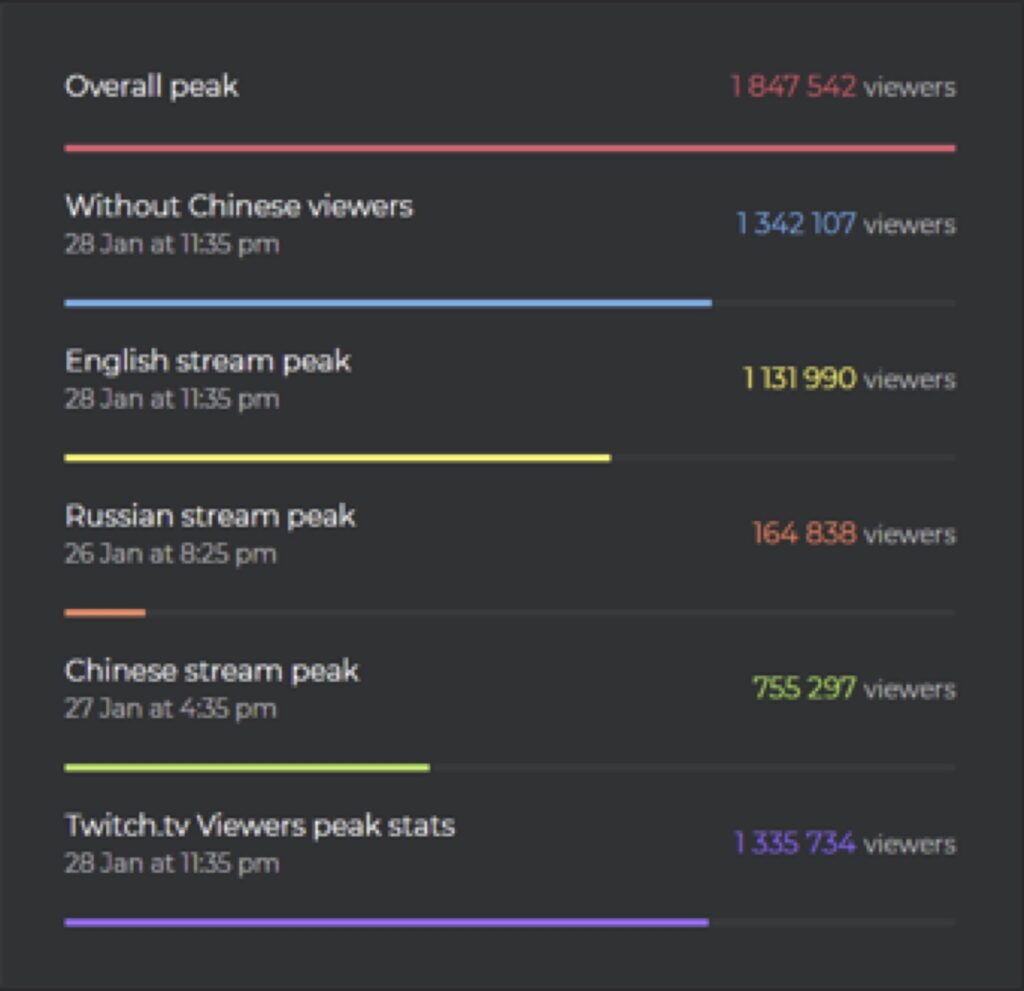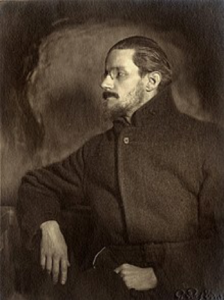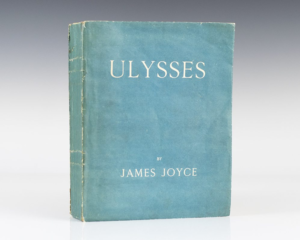Brodie Custer
Counter-strike: Global Offensive is an online first person shooter that requires more than just good aim with a mouse and keyboard. Tactical thinking, critical decision making, and good communication between yourself and teammates is absolutely required to do well at the game, at least at a high level. It is for this reason that CSGO has become one of the biggest and most exciting E-Sports on the planet. What is an E-Sport? An E-Sport is “a multiplayer video game played competitively for spectators, typically by professional gamers” (Google Dictionary). These players are the cream of the crop, the crème de la crème. These men and women, sometimes young boys and girls, are picked up by organizations that fund them to play the game in front of thousands of live spectators, millions if you count the people watching via twitch or youtube/facebook streams. Counter-strike is one of the biggest of these E-Sports.

(Chart from https://esc.watch/tournaments/csgo/eleague-major-2018)
From the 12th to the 28th of January Boston Massachusetts became the host of the twelth E-League Major for Counterstrike: Global Offensive. E-League is the company that organizes and oversees this specific chain of tournaments. To qualify as a Major for CSGO the tournament needs to be sponsored by Valve, the company that develops Counterstrike. This specific Major in Boston featured 24 teams and a prize pool of 1 million dollars that would be distributed between the winning teams (esc.watch). Millions of people were watching the teams battle it out against each other as skill, teamwork, and determination clashed. They cheered, awed by the incredible skills of their favorite players as the matches played out for them on the big screens in the Agganis Arena in Boston, Massachusetts. Little did they know they were about to witness history as Cloud 9 would become the very first North American team to win a CSGO major. An achievement so far only claimed by the best European teams in the scene. They shocked everyone in the arena as their teamwork, grit, determination and incredible individual skill stole them round after round until they were finally able to put their hands around their trophy and $500,000 in prize money.

It may seem strange why so many people would watch a video game being played. To me, and the countless others who watch these games at the highest level, it is exactly the same as watching pro sports. The excitement you feel when your team scores that game winning goal in overtime can similarly be applied to E-Sports. Watching your favorite player clutch a 1 versus 5 situation bringing the score to 15-15 a tie game and going to overtime! Although E-Sports have only gotten huge in the last few years they have been around for a long time. Individuals have been competing at the highest level of certain games, in this case “Spacewar”, since 1972 (Medium.com, “The History and Evolution of Esports”).
The argument against E-Sports from “real” sports fans, or your mother, is always “well you can’t make a living playing a stupid video game.” That is however, factually incorrect. This is especially true in recent years as the organizations have grown immensely in no small part thanks to the introduction of platforms such as Twitch. With the help of these streaming platforms the audience and therefore the revenue from these events has grown significantly. With the exception of fighting games, which have criminally small prize pools, placing well in an E-Sports tournament generally offers a fair sum. It is not unusual to see pro players from games like CSGO or Dota 2 end their careers with millions of dollars in tournament winnings (Esports Earnings). For example Dev1ce the “AWPer” (Sniper) for Astralis, one of the best teams in the game today, has made approximately $800,000 in tournament winnings and is still an active player so it is not unreasonable to expect that number to grow larger (Liquidpedia). With the addition of sponsors, players can make an excellent living playing the video game they love, though it becomes more like a job than a hobby. To compete at the highest level of anything takes hours of practice and research, honing your skills into the best they can possibly be, video games are no exception.
Works Cited
“dev1ce.” Liquipedia Counter-Strike Wiki, liquipedia.net/counterstrike/Dev1ce.
“Dota 2 vs Counter-Strike: Global Offensive Top Players Compared :: Esports Earnings.” e, www.esportsearnings.com/comparisons/n2gg-dota-2-vs-csgo/top_players.
“ELEAGUE Major: Boston 2018.” Liquipedia Counter-Strike Wiki, liquipedia.net/counterstrike/ELEAGUE/2018/Major.
Esc.watch. “ELEAGUE Major 2018 Detailed Stats.” Detailed Stats – Esports Charts, esc.watch/tournaments/csgo/eleague-major-2018.
Gaming, Bountie. “The History and Evolution of Esports.” Medium, Medium, 3 Jan. 2018, medium.com/@BountieGaming/the-history-and-evolution-of-esports-8ab6c1cf3257.
“Largest Overall Prize Pools in Esports.” Largest Overall Prize Pools in Esports – Esports Tournament Rankings :: Esports Earnings, www.esportsearnings.com/tournaments.
“Tekken 7 Prize Pools & Top Players – Esports Profile :: Esports Earnings.” Prize Pools & Top Players – Esports Profile :: Esports Earnings, www.esportsearnings.com/games/406-tekken-7/summary.









